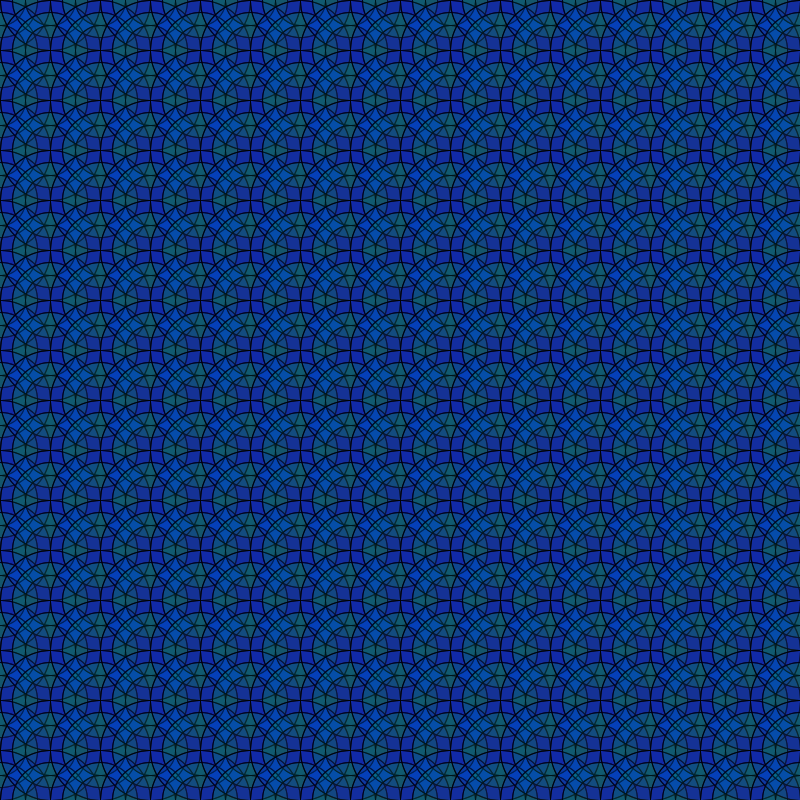Pattern Production

I decided to create a tile-like pattern once I’d realized that I could overlap colors to create new ones by using the fourth parameter of fill(), which modifies opacity/transparency. The overall aesthetic reminds me of the tile work one would expect to find at the bottom of a fountain. I think this project gave me a firm understanding of the visual capabilities of nested for-loops (although I shudder to think what a nested-nested-nested for-loop would look like).
//Miranda Jacoby
//EMS Interactivity Section A
//majacoby@andrew.cmu.edu
//Copyright Miranda Jacoby 2014
int cx = 20;
int cy = 20;
int cw = 50;
int ch = 50;
int offsetx = 25;
int offsety = 25;
void setup () {
size (800, 800) ;
//background(130, 108, 245);
}
void draw () {
for (int i=0; i<17; i++) {
cx = 50*i;
for (int j=0; j<17; j++) {
cy = 50*j;
//fill(150, 25); //smoother? what is the difference of calling fill here?
//fill(150, 30, 255, 50); //pattern with color
fill(105, 0, 0, 25);
ellipse(cx, cy, cw, ch);
//pattern withuot color
// fill(150, 50);
//fill(42, 208, 165, 50); //mixing colors with transparency
fill(0, 225, 0, 25);
ellipse(cx, cy, cw + offsetx, ch + offsety);
//ellipse(cx, cy, cw + offsetx/2, ch + offsety/2); //More complex
fill(0, 0, 255, 25);
ellipse(cx, cy, cw + offsetx*2, ch + offsety*2); //Tile-like
}
}
}
void mousePressed(){
println("mousepressed");
saveFrame();
}